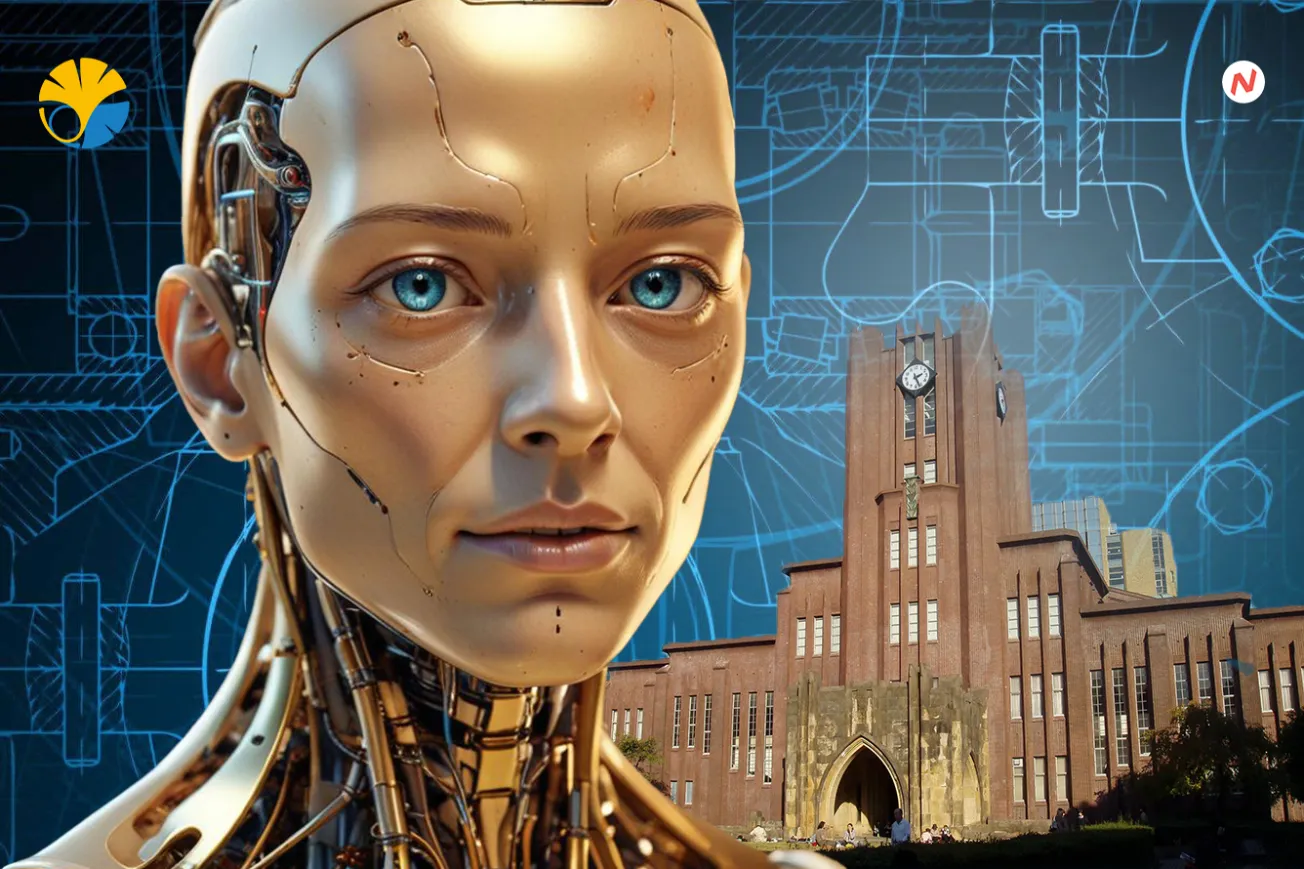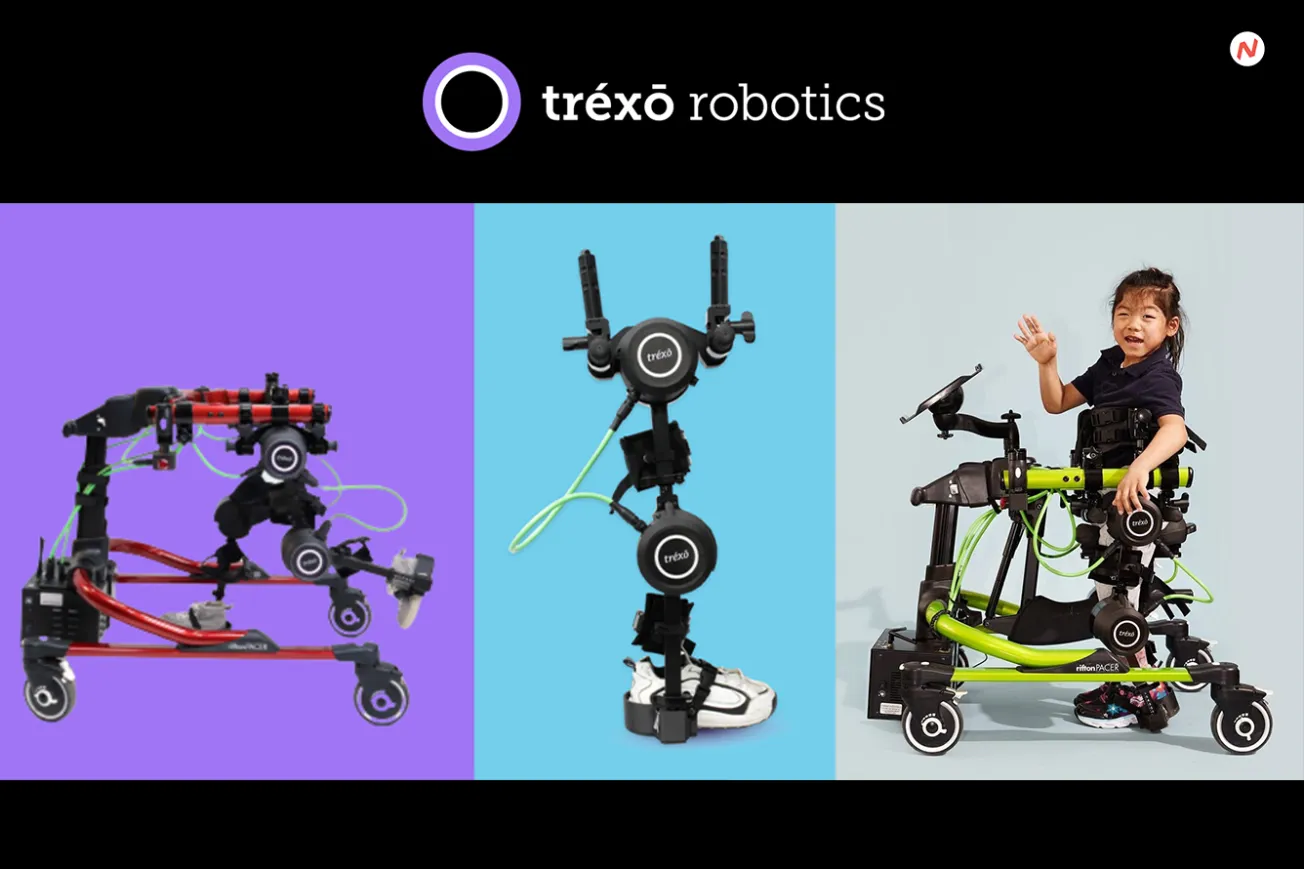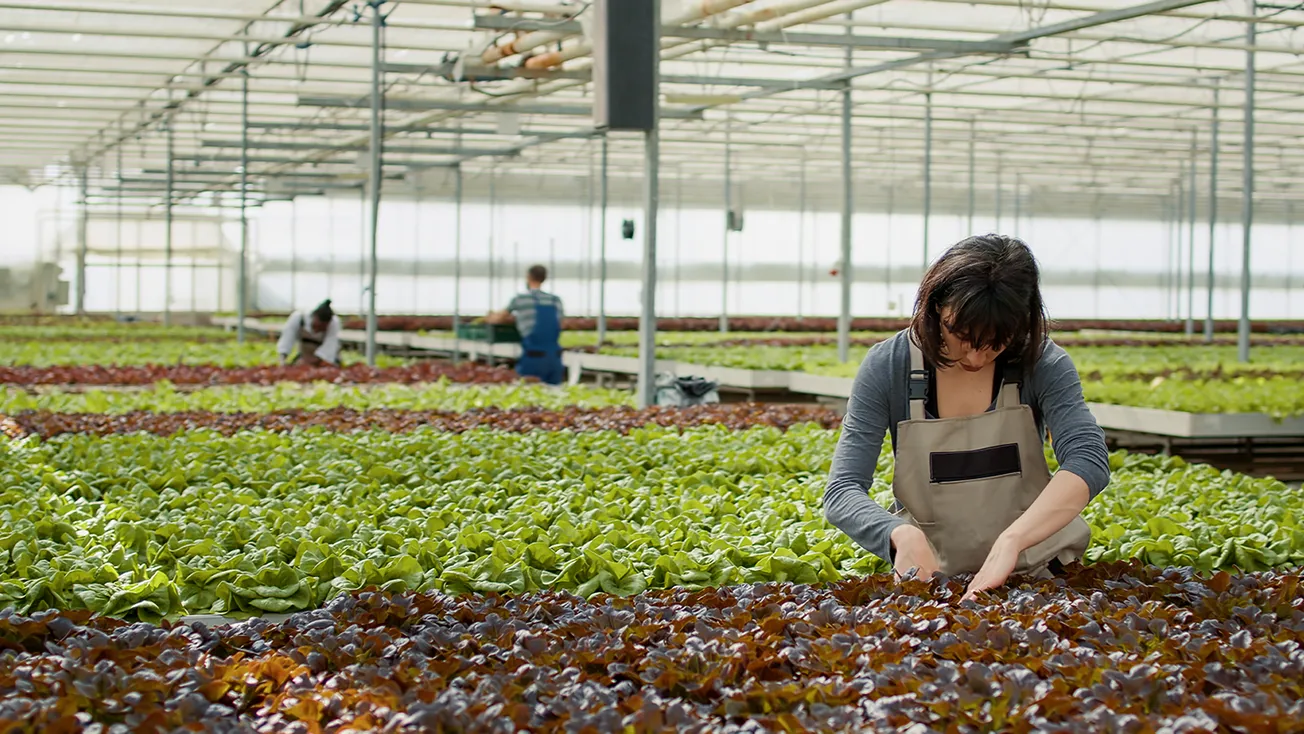- University of Tokyo researchers have developed a method to attach lab-grown living skin tissue to humanoid robots.
- The new attachment technique involves special V-shaped perforations on the robot's structure, allowing the skin to move seamlessly with robotic components without damage.
Researchers at the University of Tokyo have developed a method to attach lab-grown living skin tissue to humanoid robots. This advancement promises various benefits for robotic platforms, including increased mobility, self-healing capabilities, embedded sensing abilities, and a more lifelike appearance. The detailed paper was published in Cell Reports Physical Science on June 26.
Professor Shoji Takeuchi and his team made special perforations in the robot's face, which helped a layer of skin take hold. The lab previously used mini anchors or hooks to attach the skin tissue to the solid surface of the robot. But this technique had drawbacks such as limiting the types of surfaces suitable for skin coatings and risking damage during movement.
“By mimicking human skin-ligament structures and by using specially made V-shaped perforations in solid materials, we found a way to bind skin to complex structures,” Prof. Takeuchi stated.
“The natural flexibility of the skin and the strong method of adhesion mean the skin can move with the mechanical components of the robot without tearing or peeling away.”
The team applied a gel filled with skin-forming cells onto and into specially designed V-shaped holes in the robot's structure. They used a water-vapor-based plasma treatment to help the gel penetrate deeper into the holes for better adhesion.
Additionally, Prof. Takeuchi acknowledged that the research revealed new challenges, including the need for surface wrinkles and a thicker outer layer of skin to achieve a more human-like appearance.
“Creating robots that can heal themselves, sense their environment more accurately and perform tasks with humanlike dexterity is incredibly motivating.”
Prof. Takeuchi and his team have made significant contributions to the field of Biohybrid Robotics. His lab, the Biohybrid Systems Laboratory has also created mini robots that walk using biological muscle tissue, 3D-printed lab-grown meat, engineered skin that can heal, and more.
Moving forward, Prof. Takeuchi is optimistic that these findings will benefit various medical research areas. A face-on-a-chip could revolutionize studies on skin aging, cosmetics, surgical procedures, and plastic surgery.
Edited by Harshajit Sarmah









